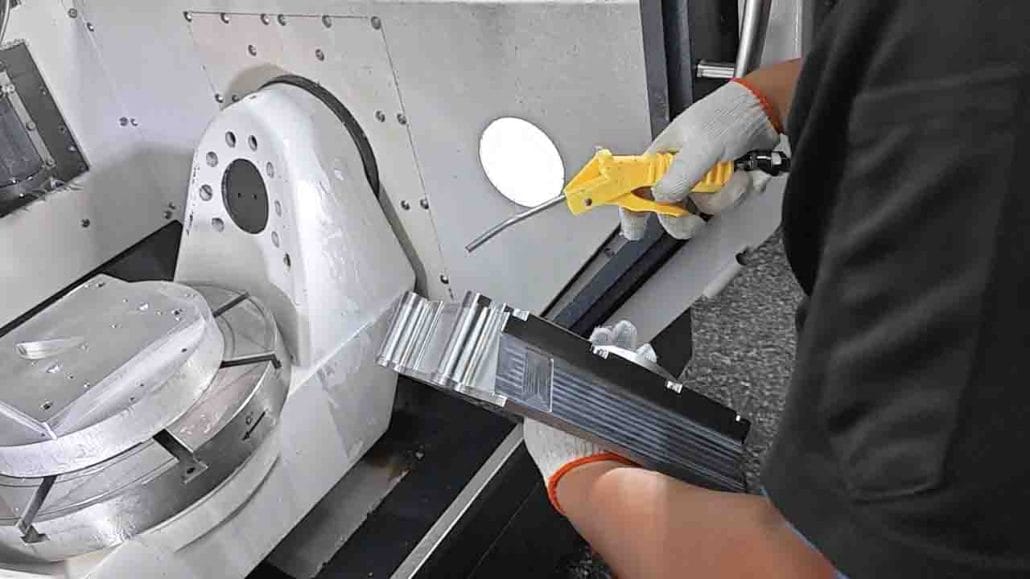The manufacturing industry is constantly evolving, and two main processes that are making waves are CNC machining and additive manufacturing. These two processes have their pros and cons, but when used together, they can offer a powerful solution to modern manufacturing challenges. In this article, we will explore the benefits of CNC machining and additive manufacturing and how they can work together to create high-quality products efficiently.
What is CNC Machining?
CNC machining is a process that involves the use of computer-controlled machines to create precise and complex parts. This process involves cutting away material from a block of raw material, such as metal or plastic, to create the desired shape. The machine is programmed with a set of instructions that tell it exactly how to cut the material to achieve the desired outcome. CNC machining is widely used in industries such as aerospace, automotive, and medical, where precision is crucial.

One of the biggest benefits of CNC machining is its precision. Because the machine is computer-controlled, it can create parts with incredible accuracy, making it ideal for industries where precision is crucial. CNC machining can also produce parts quickly and efficiently, helping to reduce manufacturing time and costs. Additionally, CNC parts machining can be used with a variety of materials, including metals, plastics, and composites, making it a versatile option for many different industries.
What is Additive Manufacturing?
Additive manufacturing, also known as 3D printing, is a process that involves the creation of three-dimensional objects by adding layers of material on top of each other. Unlike CNC machining, which involves cutting away material, additive manufacturing builds up material layer by layer until the final product is complete. This process is ideal for creating complex geometries that may be difficult or impossible to create with traditional manufacturing methods.
Additive manufacturing also offers many benefits, including the ability to create complex geometries that may be impossible to create with traditional manufacturing methods. This process can also reduce waste by only using the exact amount of material needed to create the part, reducing material costs and environmental impact. Additive manufacturing is also highly customizable, allowing for quick and easy changes to the design without the need for costly tooling changes.
The Benefits of CNC Machining and Additive Manufacturing
CNC machining and additive manufacturing are two powerful manufacturing processes that offer many benefits. By using these processes together, manufacturers can create high-quality products efficiently and cost-effectively. While CNC machining and additive manufacturing may seem like opposing processes, they can work together to create high-quality products efficiently. By using CNC machining to create the base structure of a part and additive manufacturing to add complex geometries or intricate details, manufacturers can take advantage of the benefits of both processes. This approach can reduce manufacturing time and costs while still producing high-quality parts that meet the strictest standards.
In terms of specific benefits, CNC turning machining offers precision, speed, and versatility, while additive manufacturing offers customization and reduced waste. By combining these two processes, manufacturers can create a more efficient and cost-effective production process while still maintaining high-quality standards.
Conclusion
Whether you are in the aerospace, automotive, or medical industry, CNC machining and additive manufacturing can help you meet your production goals and create the products your customers demand. By taking advantage of the benefits of both processes, manufacturers can create high-quality products efficiently and cost-effectively. As the manufacturing industry continues to evolve, CNC machining and additive manufacturing will continue to play an important role in shaping the future of manufacturing.


